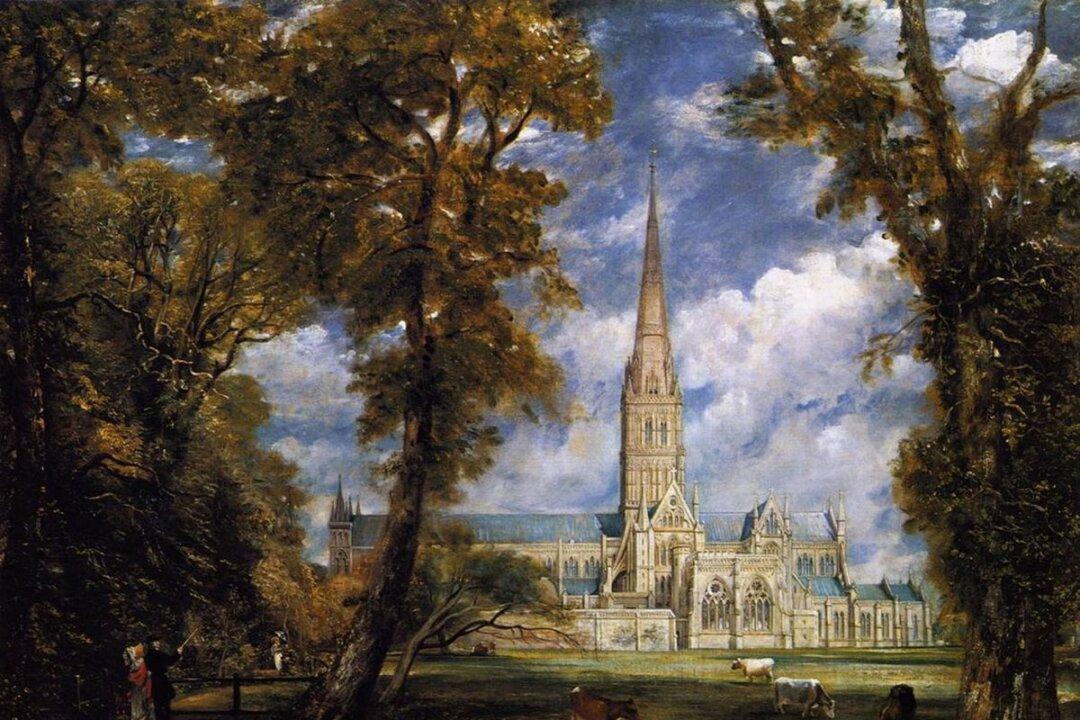If you want foreboding old buildings that dark lords and werewolves are bound to frequent, look no further than Britain’s enviable Gothic architecture. From Strawberry Hill in London with its twisting corridors and glaring pinnacles, to ruined abbeys, and cathedrals such as St. Andrews and Jedburgh, darkness seems to thrive in these places—the perfect location for a Halloween party if you’re lucky enough to be invited.
What is often not appreciated is that this style had two distinct periods of glory, with a long time out of favor in between. And it’s not just their tall spires and endless corridors and gargoyles that brought these structures supernatural associations. The dark reputation they gained in their wilderness years helped, too.

